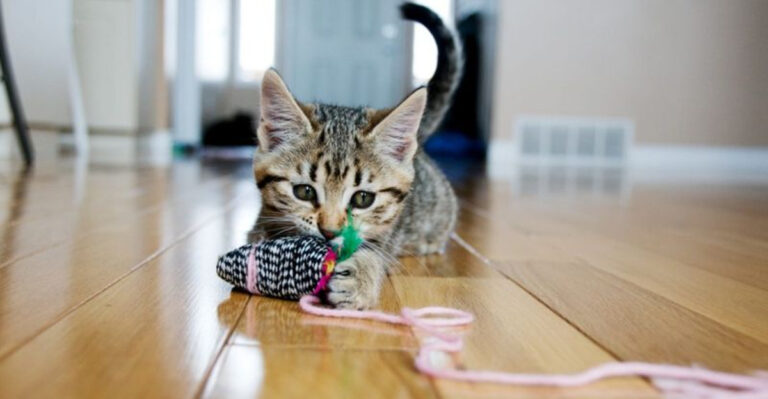15 Things No One Tells You About Taking Care Of A Sick Cat
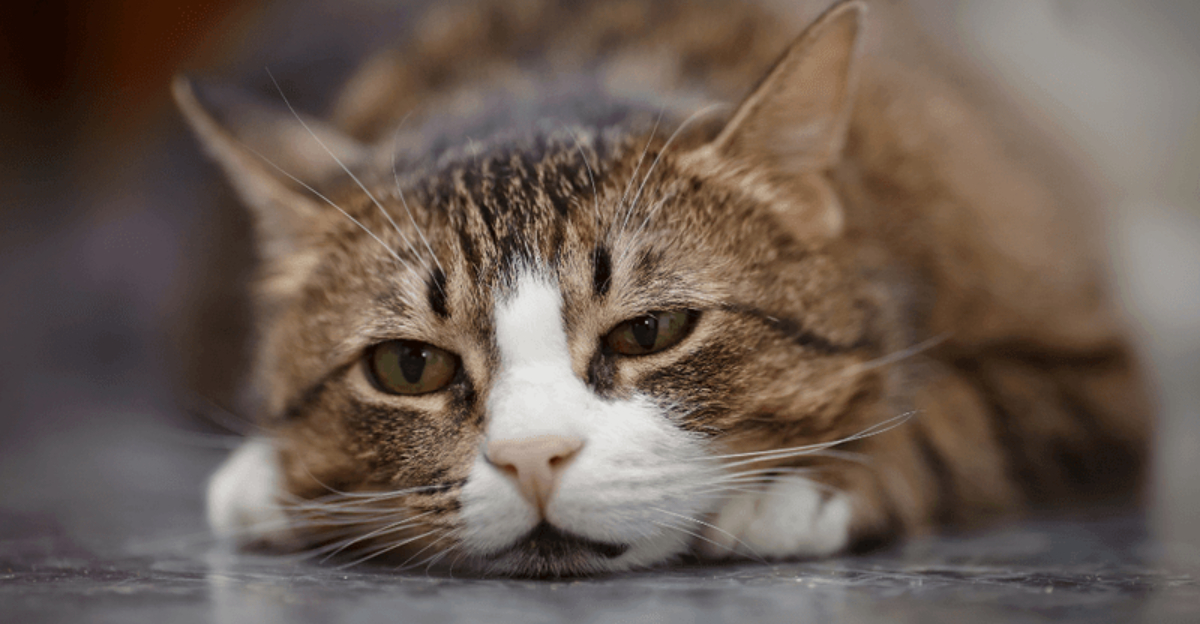
Cats are masters of disguise, especially when it comes to hiding illnesses. Unlike their canine counterparts, cats rarely reveal when they’re feeling under the weather. You’ll often find yourself playing detective, piecing together clues from their behavior.
From decoding meows to understanding the nuances of a twitching tail, caring for a sick cat requires more than just a vet visit—it’s about tuning into their silent communication and offering comfort in their language.
1. The Silent Meow
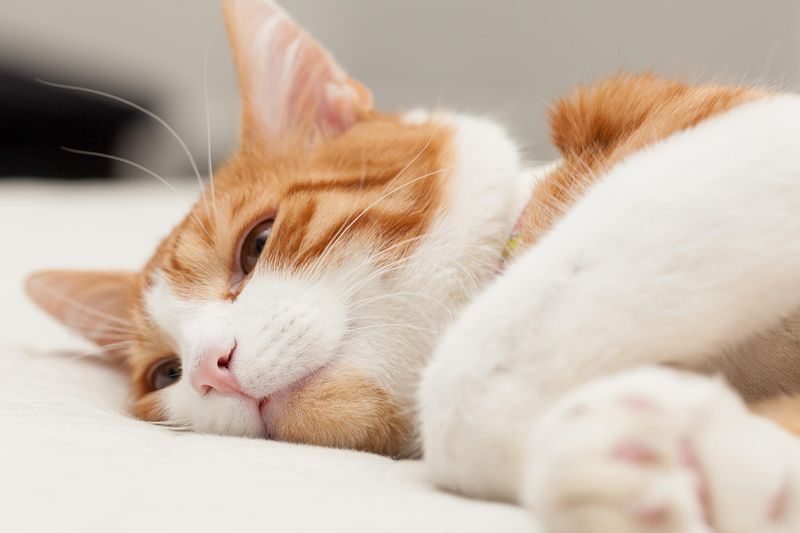
Cats often communicate their discomfort through soft meows that are barely audible. These whispers of distress can be easy to miss amidst the hustle and bustle of daily life.
Pay close attention to these subtle cues. A quiet meow might be their way of saying something’s not right. It’s a gentle reminder to tune into the unspoken words of your feline friend.
2. Feline Body Language
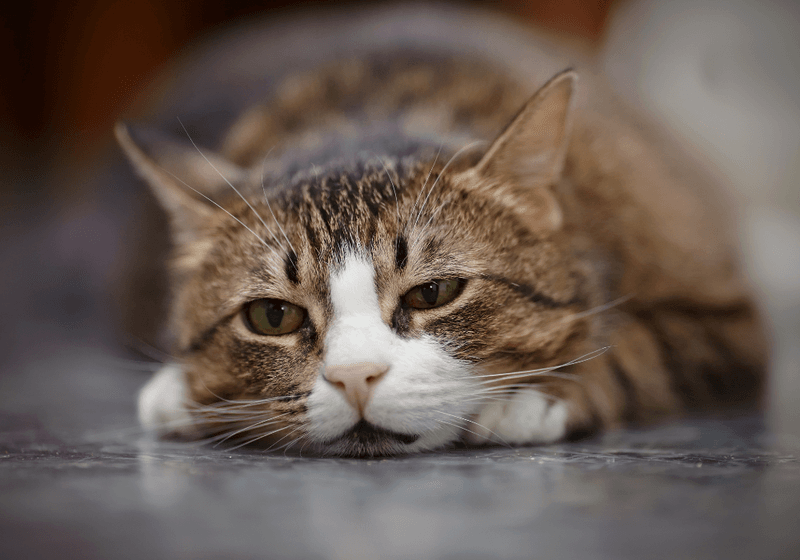
Did you know a cat’s body language can reveal a lot about its health? Those flicks of the tail and the positioning of their ears are not just random movements.
They’re speaking to you, saying, “I don’t feel well.” By watching these signals, you can often detect sickness early. Remember, a tail held low or ears pinned back are not to be ignored.
3. The Purr Paradox
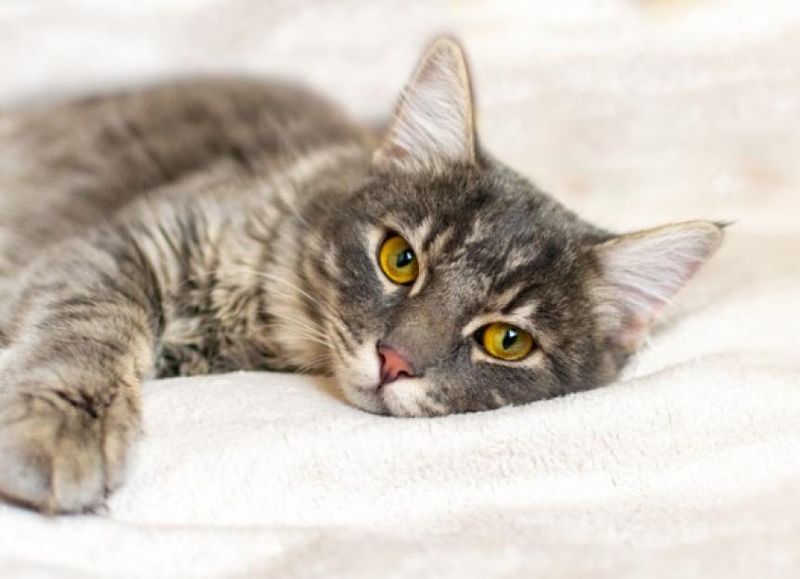
Purring isn’t always a sign of contentment. Cats sometimes purr when they’re in pain. It’s a self-soothing mechanism, much like humans humming a tune when nervous.
This paradoxical purring can easily mislead cat owners into thinking their pet is feeling fine. Next time you hear that familiar rumble, consider the context. It might be time for a closer look at your feline’s health.
4. Hydration Vigilance
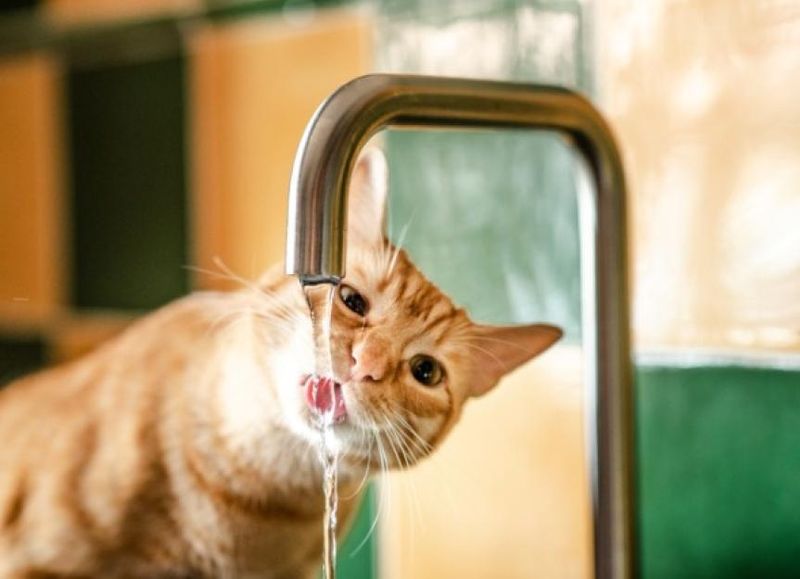
Cats are notoriously bad at staying hydrated. When they’re sick, they might drink even less, leading to dehydration. Watching water intake becomes crucial.
A cat that’s not drinking might require encouragement, like offering fresh water or a dripping faucet. In some cases, you may need to consult your vet for hydration solutions. Always ensure your cat has easy access to clean water.
5. Appetite Changes
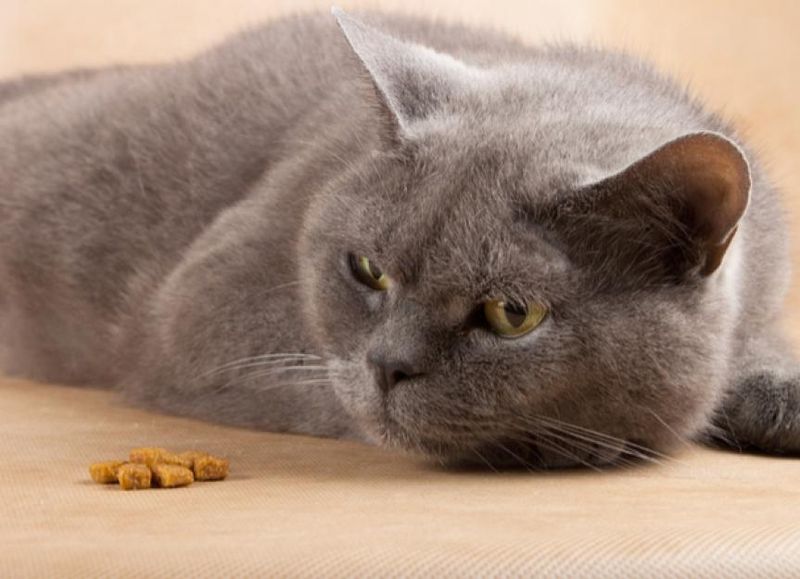
Loss of appetite is a red flag. Unlike dogs, cats won’t eat just because food is there. If your cat isn’t eating, it could indicate an underlying issue.
Try tempting them with their favorite treat or a bit of tuna. If they’re still not interested, it might be time to visit the vet. Appetite changes are often the first visible symptom of illness in cats.
6. Litter Box Clues
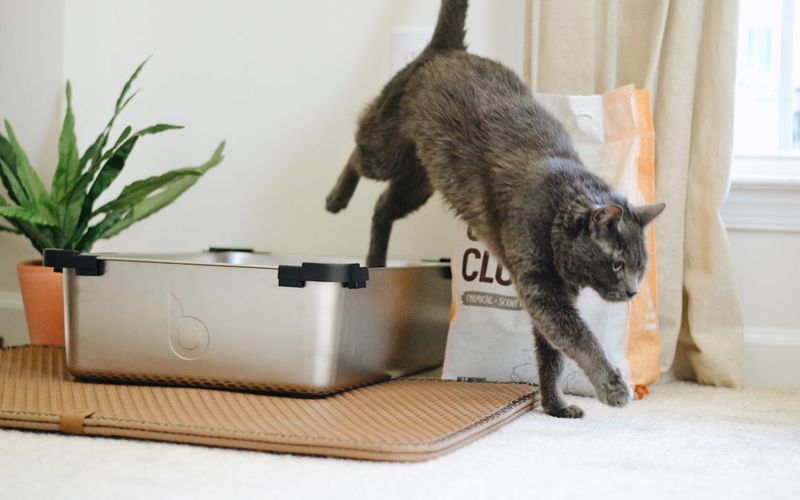
A cat’s litter box habits can reveal a lot. Changes in frequency, consistency, or odor of waste can indicate health problems.
Keep an eye out for diarrhea or constipation as they can be signs of something more serious. Regularly check the litter box for abnormalities. Remember, what goes in must come out, and sometimes the litter box tells the more concerning story.
7. Temperature Sensitivity
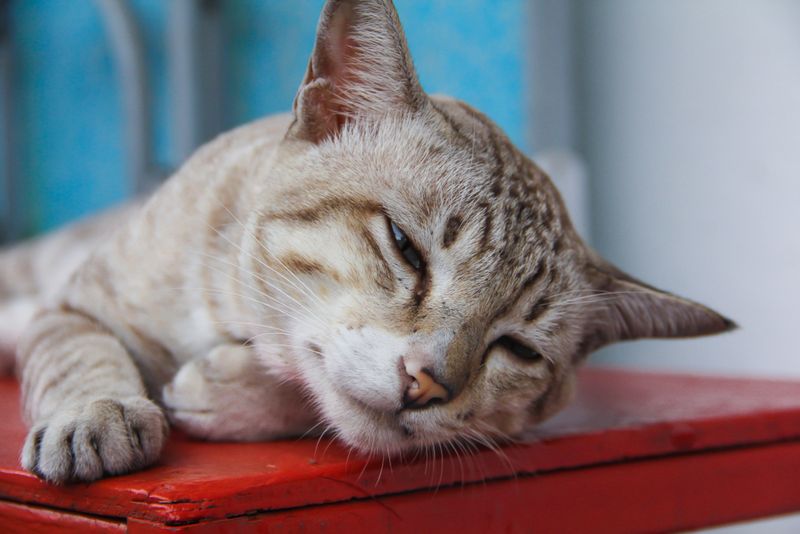
Cats with fevers often seek out warm places to rest, like heating pads or sun-drenched spots. It’s their instinctual way of trying to regulate body temperature.
Feeling your cat’s ears or paws can give clues about their temperature. If they feel overly warm, it might be time to measure their temperature accurately. Early detection of fever can guide you in seeking veterinary care.
8. Grooming Changes
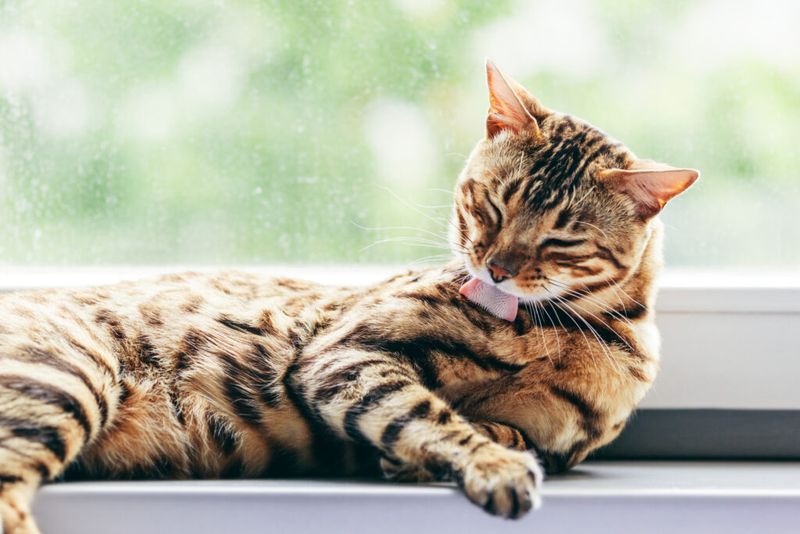
Watch for changes in grooming habits. Cats are fastidious creatures, and a lack of grooming can signal that they’re not feeling well. If their coat becomes dull or matted, it’s a sign that something’s off.
Encourage gentle grooming with a soft brush. If grooming becomes a struggle, consult your vet. Grooming habits provide insight into a cat’s overall health.
9. Breathing Patterns
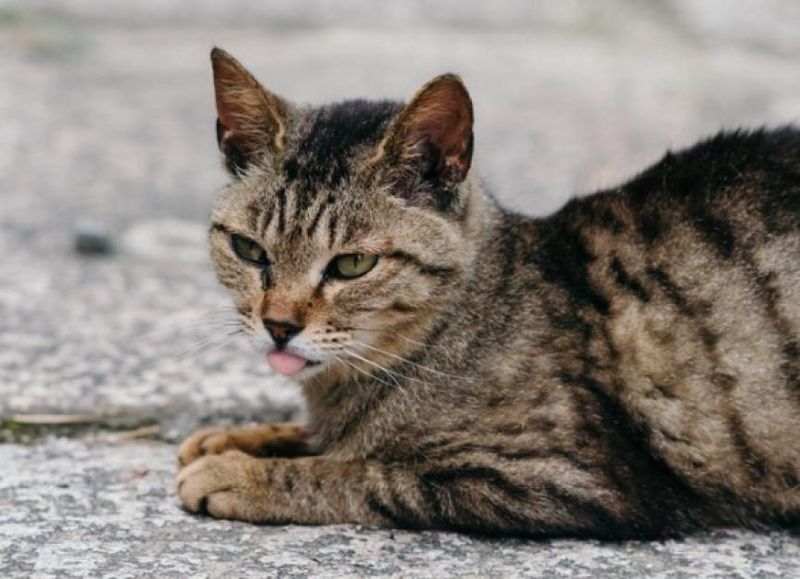
Pay attention to your cat’s breathing. Rapid or labored breathing can be a sign of respiratory distress or other underlying health issues.
If you notice your cat struggling to breathe, it’s a cue to seek veterinary attention immediately. Breathing patterns can indicate a range of conditions, from asthma to heart disease. Never ignore unusual respiratory signs in your feline friend.
10. Behavioral Shifts
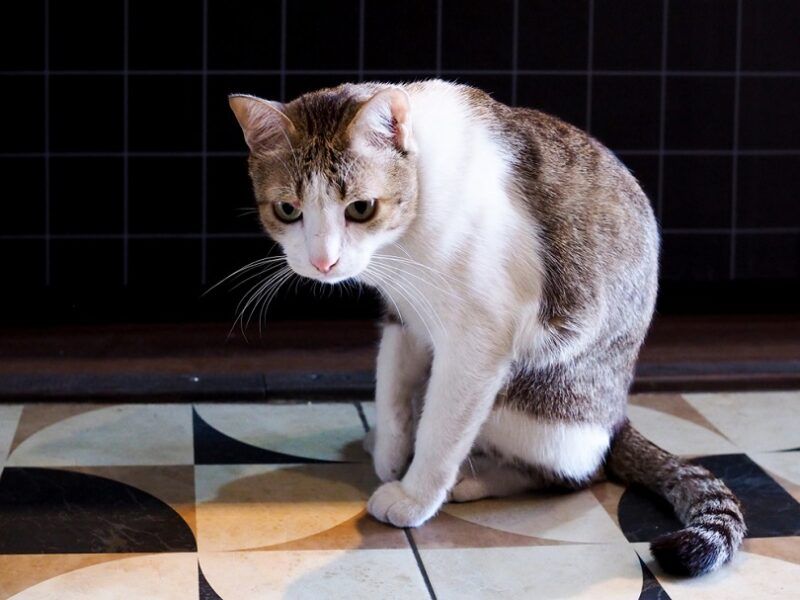
Is your social butterfly turning into a recluse? Behavioral changes can signal that something’s amiss. A cat that suddenly becomes withdrawn or unusually aggressive might be experiencing discomfort.
Keep an eye out for any shifts in behavior, as cats often hide their pain. These changes, however subtle, often indicate a need for a health check-up. Trust your instincts and observe closely.
11. Unusual Sleeping Patterns
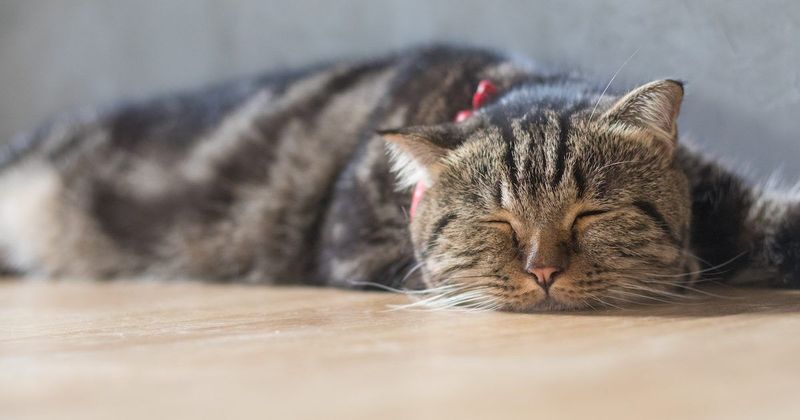
Cats typically sleep a lot, but changes in sleeping patterns can be telling. If your cat is either sleeping more than usual or struggling to get comfortable while resting, it might be a sign of illness.
Monitor their sleeping habits closely. If there’s a significant deviation from the norm, it’s time to evaluate their health. A sick cat often uses sleep as a way to conserve energy.
12. Vocal Changes
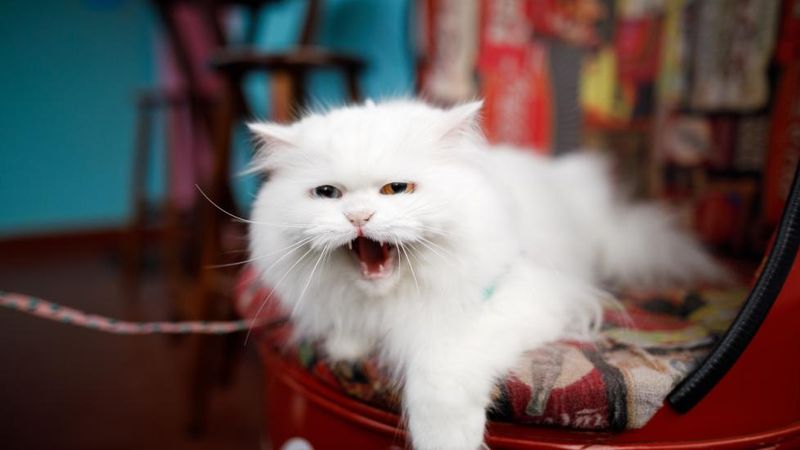
Even the most talkative cats can show signs of illness through changes in their voice. A cat that’s suddenly mute or, conversely, more vocal might be trying to communicate discomfort.
These vocal changes can be subtle, so listen carefully. If the tone of your cat’s meow has changed dramatically, it might be indicative of pain or stress. Consider a veterinary visit if vocal changes persist.
13. Unkempt Appearance
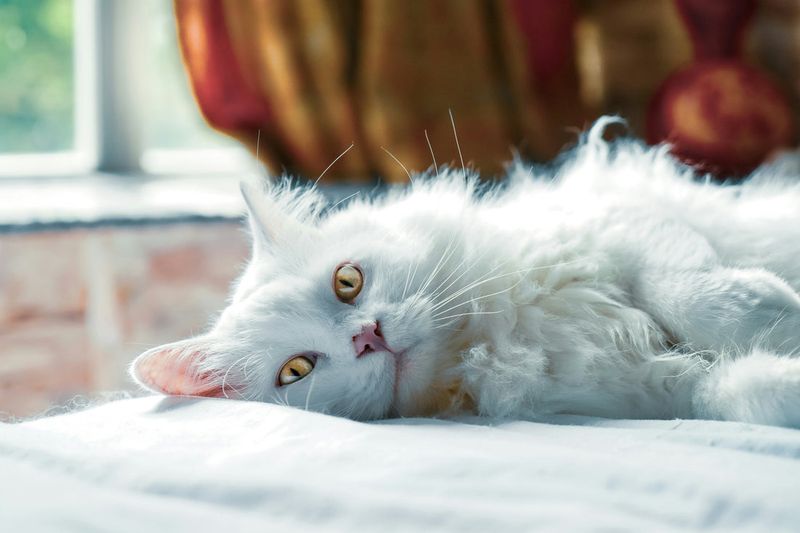
A cat that no longer maintains its sleek appearance is sending a clear signal. An unkempt coat, particularly if it’s accompanied by dandruff or excessive shedding, can indicate illness.
Regular grooming sessions not only help maintain their coat but can also serve as check-ins for other health issues. If your cat’s appearance changes drastically, it might be time to consult a vet.
14. Hiding Spots
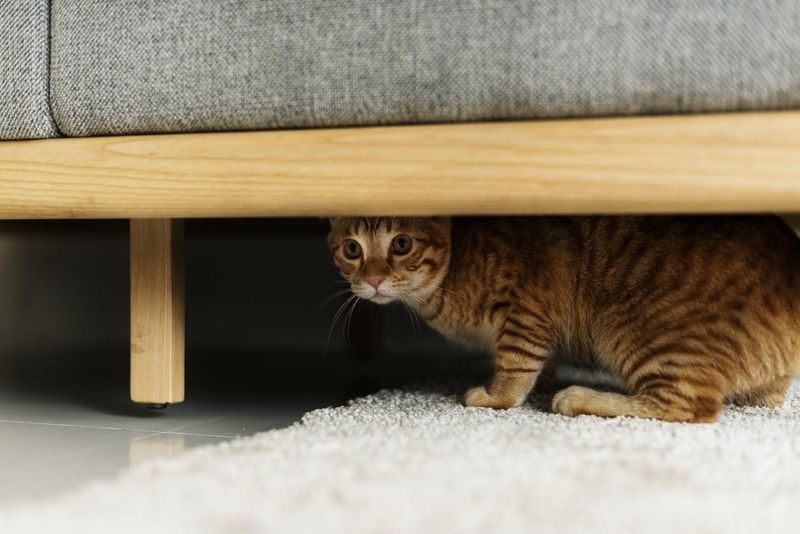
If your cat is suddenly spending more time in hiding spots, it could be a cry for help. Cats often retreat to quiet places when they’re feeling unwell.
This behavior might be instinctual, as they seek solitude to heal. Don’t dismiss this as a phase; instead, investigate further. Frequent hiding can often precede other noticeable symptoms. Keep track of where your cat chooses to hide.
15. Clinginess Or Detachment
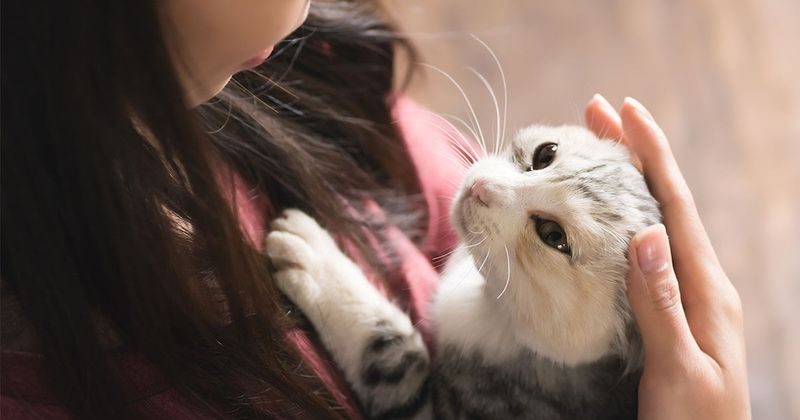
Sudden changes in the level of affection can be telling. Whether your cat becomes unusually clingy, seeking constant comfort, or detaches completely, it might be experiencing discomfort.
Recognize these emotional cues as potential indicators of illness. Observe your cat’s reactions to touch and presence. Such behavioral shifts often urge a closer look at their health status.



